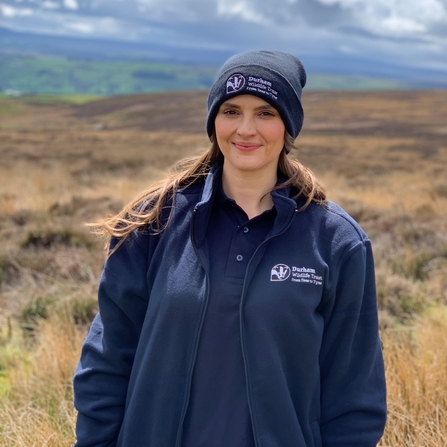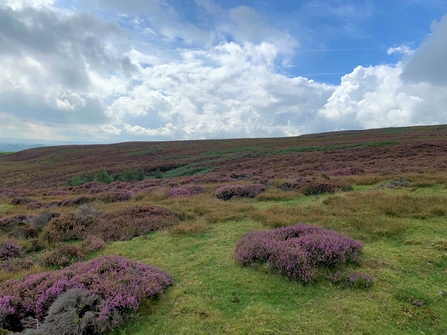
Rebecca Clark - Cuthbert's Moor Managing Moors Officer
Introduction to Rebecca
Hi! My name is Rebecca Clark, the new Cuthbert's Managing Moors Officer at Durham Wildlife Trust. Managing Moors is a one-year project focused on the restoration and study of Cuthbert’s Moor. I will be recruiting volunteers for citizen science monitoring and habitat restoration work, and overseeing professional surveys that will provide an ecological baseline for the site to inform future management – more on this below.



